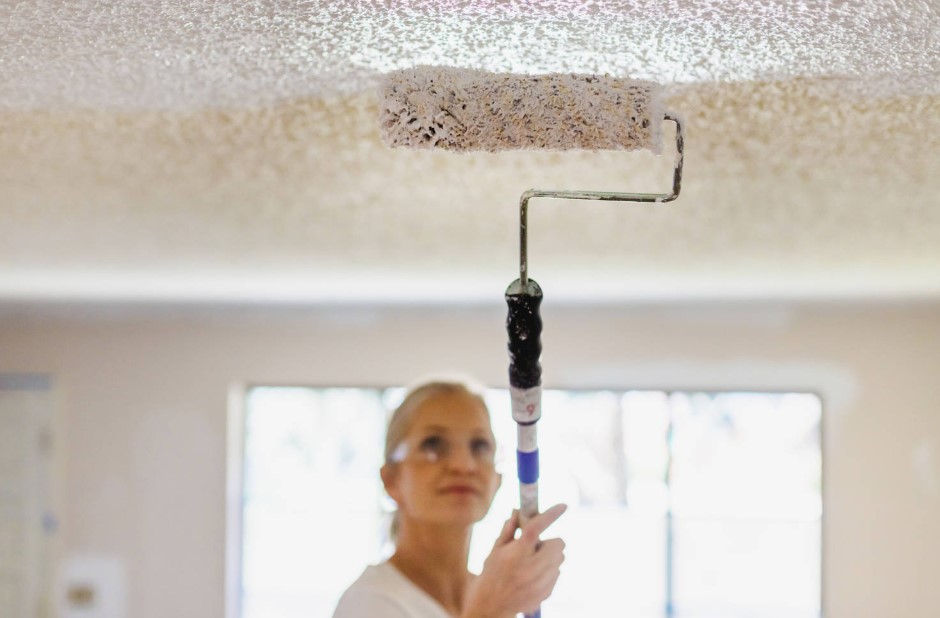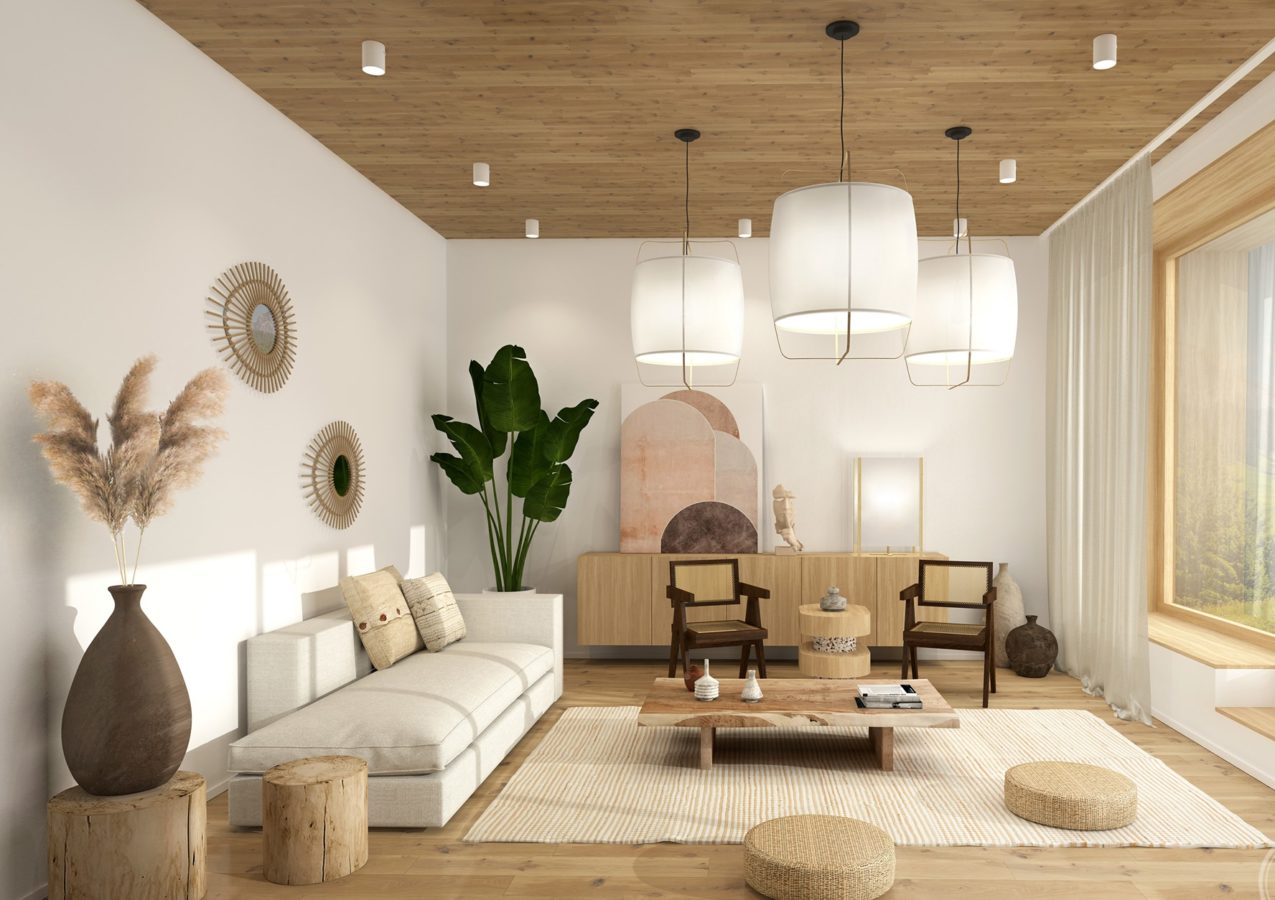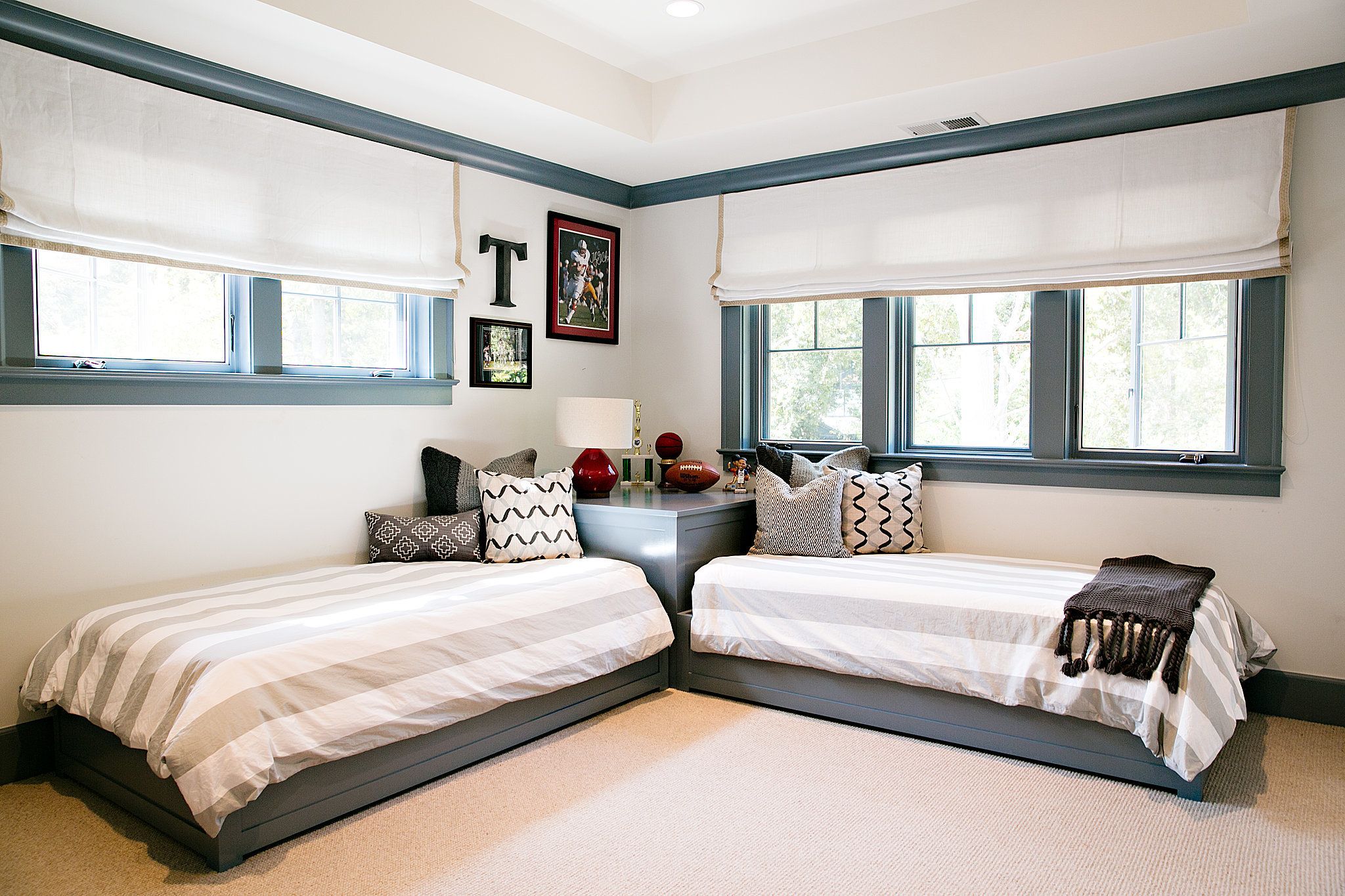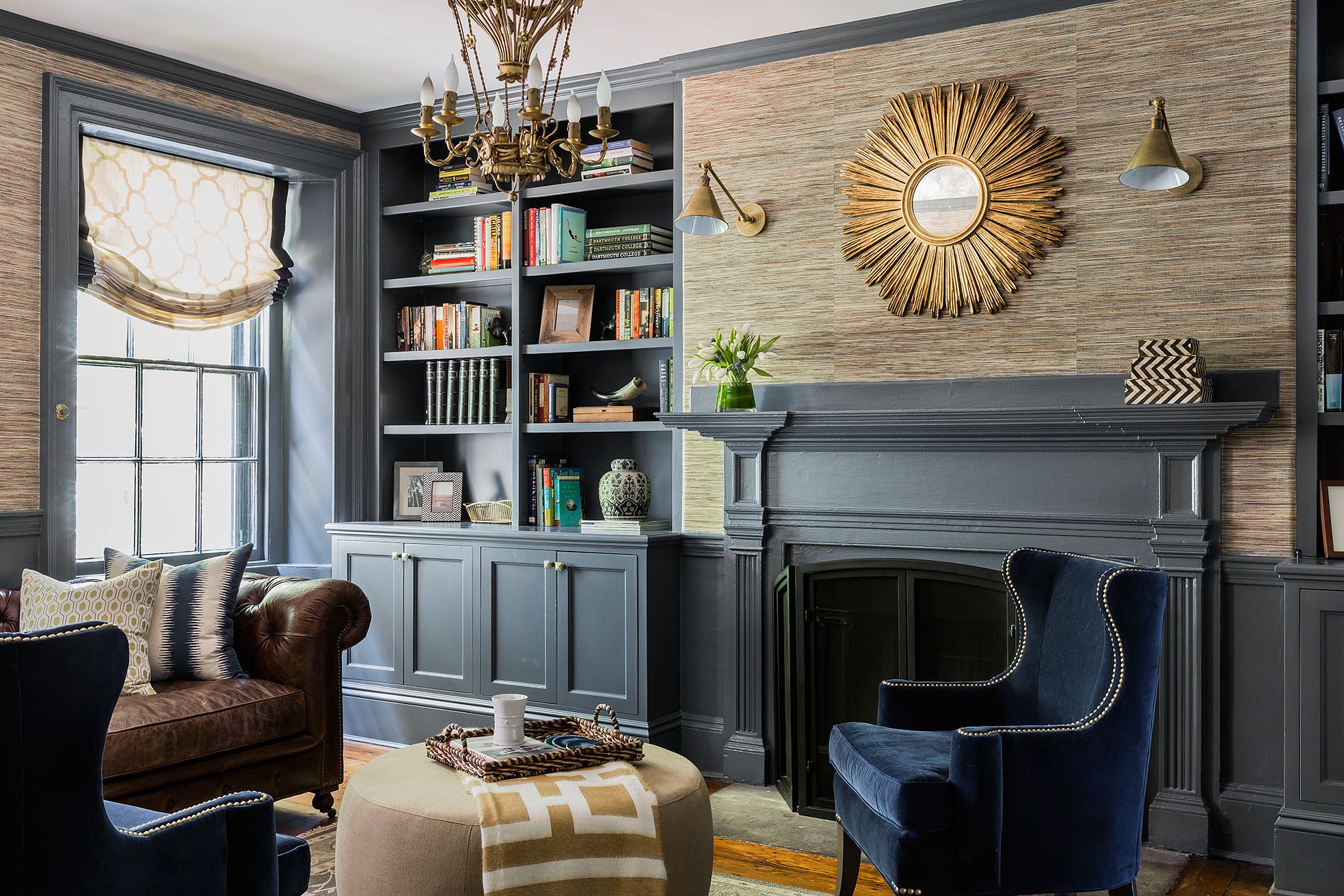Contents
When it comes to interior design, one often-overlooked element that can make a big impact is the ceiling. Textured ceilings have been a popular choice for homeowners and designers for decades, adding depth, character, and sometimes even acoustic benefits to a room. With a variety of textured ceiling types available today, you can find the perfect style to match your home’s personality while enhancing its overall ambiance. From popcorn ceiling textures to more modern finishes like the knockdown ceiling texture, this guide will walk you through some of the most common options, explaining their features, benefits, and practical considerations.
What Are Textured Ceilings?
Textured ceilings refer to a surface finish that adds visual interest and can help conceal imperfections in a ceiling’s drywall. Whether you’re opting for subtle orange peel ceiling textures or more dramatic choices like swirl ceiling patterns, these textures can significantly alter the appearance and feel of a room. Textured finishes not only add aesthetic value but can also play a role in improving a room’s acoustics, minimizing the echoing effect in large or open spaces.
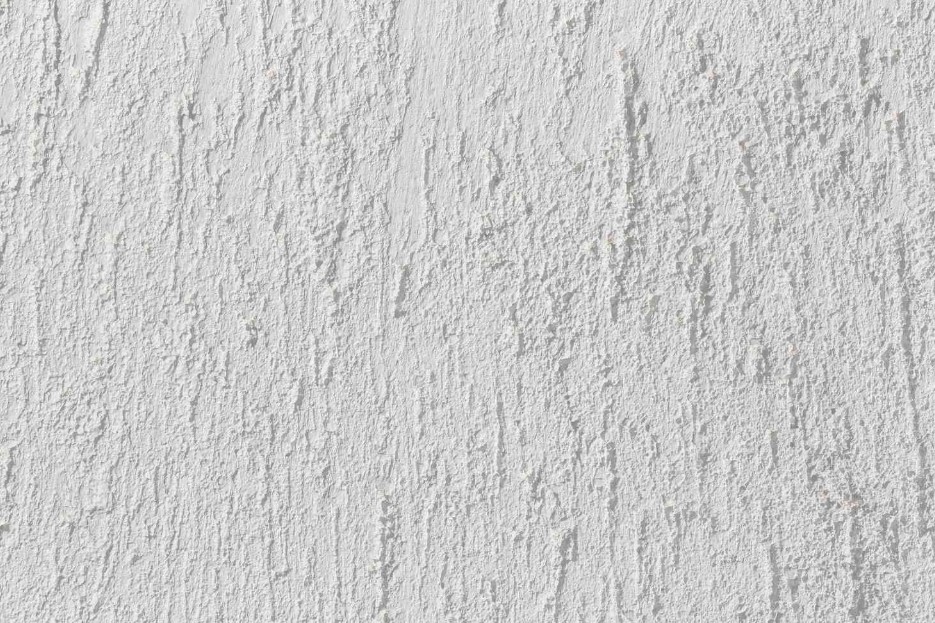
Popular Types of Textured Ceilings
1. Popcorn Ceiling Texture
The popcorn ceiling, also known as acoustic or cottage cheese ceiling, was a common feature in homes built between the 1950s and 1980s. The texture resembles small curdled bits, giving the surface a bumpy appearance. This finish was favored not just for its unique look but for its acoustic properties, helping to dampen sound. However, many homeowners today opt for popcorn ceiling removal as this style has fallen out of favor in modern design trends. If you’re looking to give your ceiling a more current look, popcorn ceiling removal may be worth considering.
2. Knockdown Ceiling Texture
A knockdown texture is a modern and more subtle alternative to the popcorn ceiling. Created by spraying the ceiling with joint compound and then “knocking down” the peaks, this texture gives the surface a stucco-like appearance. It’s more refined than the popcorn texture and works well in contemporary homes. Plus, its random, organic look can help hide imperfections in drywall, making it both practical and visually appealing.
3. Orange Peel Ceiling Texture
Named for its resemblance to the surface of an orange, the orange peel ceiling texture is another popular option. It’s a lightly bumpy texture that’s applied using a spray gun, similar to knockdown texture, but without the “knocking down” step. This style is a great middle ground between a completely smooth ceiling and more dramatic textures like popcorn or stippled finishes. It offers a slightly rough surface that works well in both traditional and modern homes.
4. Swirl Ceiling Pattern
The swirl ceiling pattern is a classic texture that adds artistic flair to any room. It is typically applied by hand, using a brush or trowel to create circular or spiral designs on the ceiling. This texture can range from subtle to bold, depending on the size and frequency of the swirls. It’s an excellent option for those looking to add a unique, creative touch to their ceiling.
5. Stippled Ceiling
Similar to the popcorn texture but with a finer appearance, stippled ceilings are achieved by using a brush to “stipple” or press into wet plaster or drywall compound. Stippled ceilings can add visual interest while still being understated. They are often used in bedrooms or living areas where a subtle but textured finish is desired. However, just like popcorn ceilings, stippled ceilings can be difficult to clean or repair, making them less practical for some homeowners.
6. Skip Trowel Texture
The skip trowel texture is a more artistic, hand-applied option where drywall mud is troweled onto the ceiling in a skipping motion. The result is a smooth yet irregular surface that creates subtle shadows and highlights when light hits it. It is often used in Mediterranean-style homes or to give a room a custom, high-end look.
7. Slap Brush Texture
The slap brush texture, also called a “stomp brush texture,” is created by using a brush to slap drywall compound onto the ceiling, creating a random, spiky appearance. This texture is bold and dramatic and can give a room a lot of character. It works best in large spaces where a heavily textured ceiling will not overwhelm the design.
8. Crows Foot Ceiling Finish
The crow’s foot ceiling finish is named after the pattern it creates, which resembles a bird’s footprint. A brush with stiff bristles is used to apply the texture in a stippling motion. Like other textures, this finish can help cover up imperfections in drywall while adding a unique touch to your space.
Why Choose a Textured Ceiling?
Adding a ceiling texture offers a variety of benefits. Textured ceilings are excellent for masking imperfections, like cracks or uneven surfaces, which makes them a practical option for older homes. They can also serve an aesthetic purpose, adding a new layer of interest to an otherwise plain surface. Certain textures, such as popcorn or acoustic finishes, provide sound-dampening qualities, making them ideal for rooms with high ceilings or hardwood floors where noise might otherwise bounce around.
For homeowners considering cost, textured ceiling finishes can also be an affordable option when compared to some high-end ceiling treatments like elaborate coffered or tray ceilings.
Ceiling Texture Trends and Considerations
In recent years, more modern and subtle textures like knockdown and orange peel have gained popularity, while heavier finishes such as popcorn ceilings are being phased out. Today’s homeowners tend to prefer textures that complement the clean, smooth lines of modern design. When choosing a ceiling texture, it’s essential to consider the style of your home and the room’s purpose.
Modern ceiling texture ideas now lean towards simplicity, with many people opting for smooth ceilings or very light textures to maintain a minimalist look. However, if you want to make a bold statement, something like a slap brush texture or crow’s foot finish can bring a lot of personality to a room.
Textured Ceiling Installation and Removal
While installing a textured ceiling can be a DIY project for those with some experience, certain techniques, such as the skip trowel texture or swirl ceiling pattern, are best left to professionals due to their complexity. Additionally, the removal of older textures, especially popcorn ceilings, can sometimes require special care, particularly if they contain asbestos.
Frequently Asked Questions (FAQs)
Is popcorn ceiling outdated?
Yes, popcorn ceilings are considered outdated by many homeowners today and are often removed in favor of smoother or more modern textures like knockdown or orange peel.
How much does ceiling texture application cost?
The cost varies depending on the texture type, room size, and labor fees. Ceiling texture materials like drywall compound are relatively inexpensive, but more intricate designs will increase labor costs.
Can textured ceilings help with acoustics?
Yes, textures like popcorn and other acoustic ceiling textures can help reduce noise in a room, making them ideal for areas where sound control is important.
Can I paint over a textured ceiling?
Yes, but painting a textured ceiling can be tricky. Spray painting is often recommended to avoid damaging the texture.
You May Also Read:
Best Colonial House Style: A Timeless Classic in Home Design

